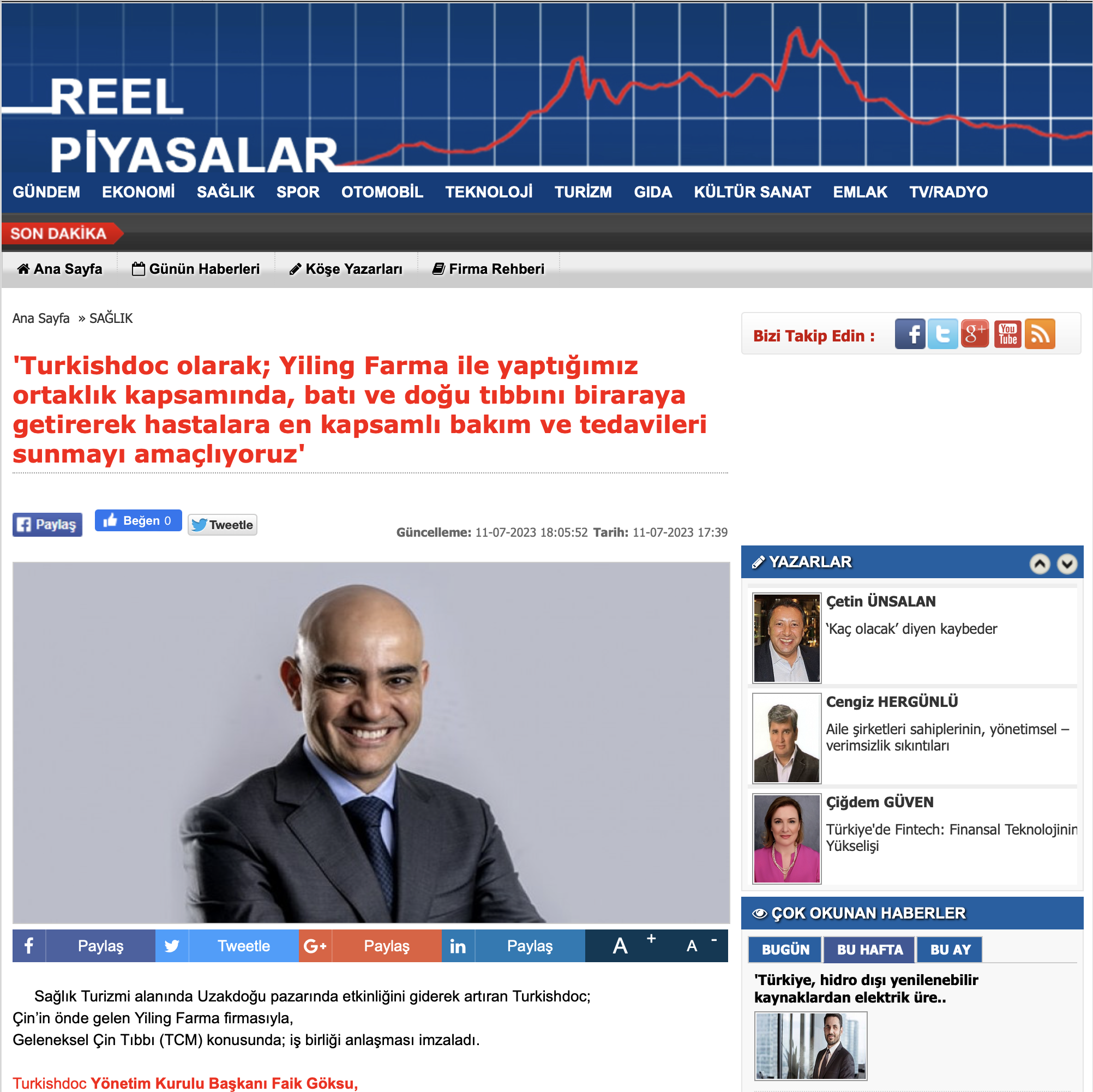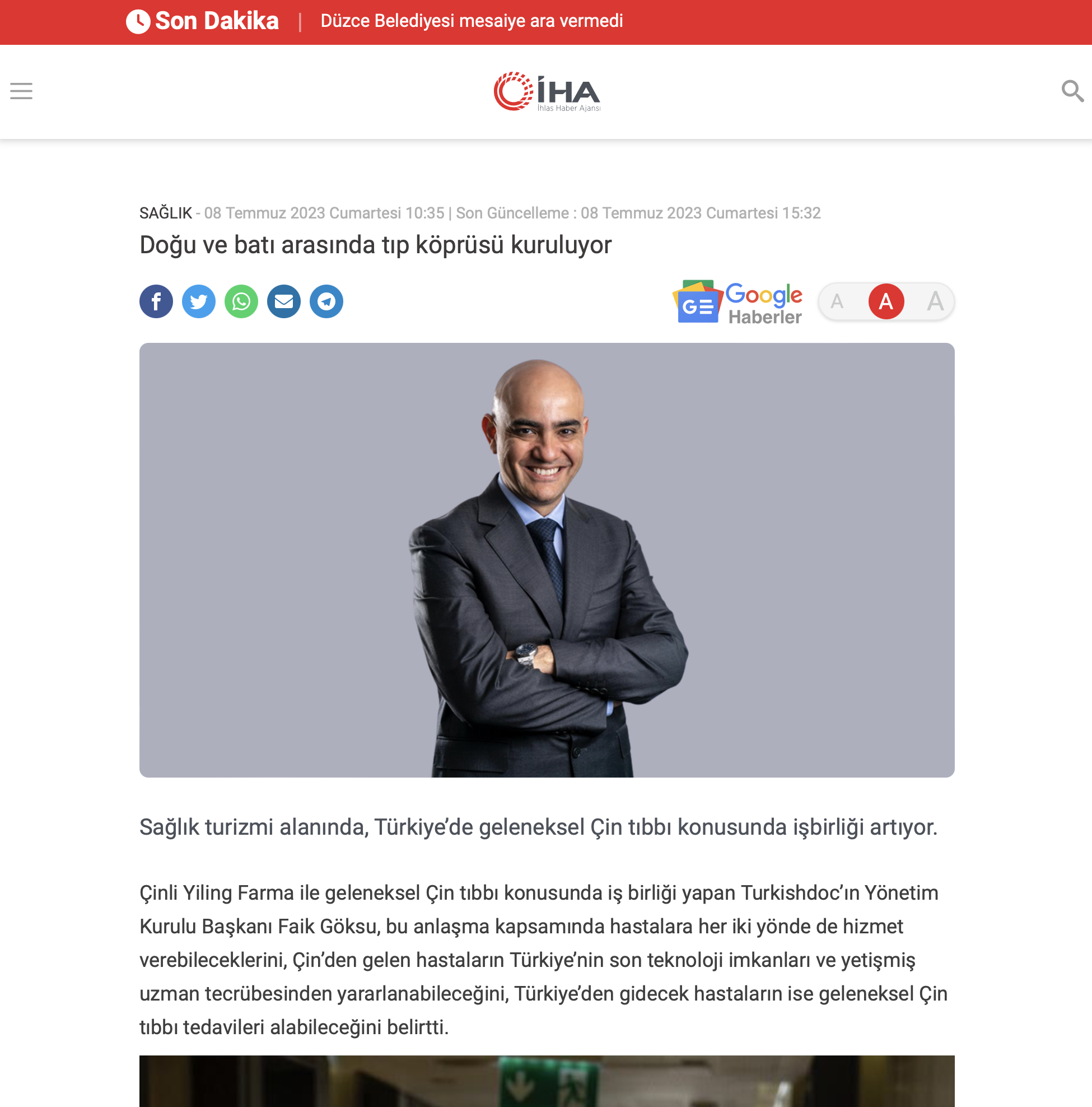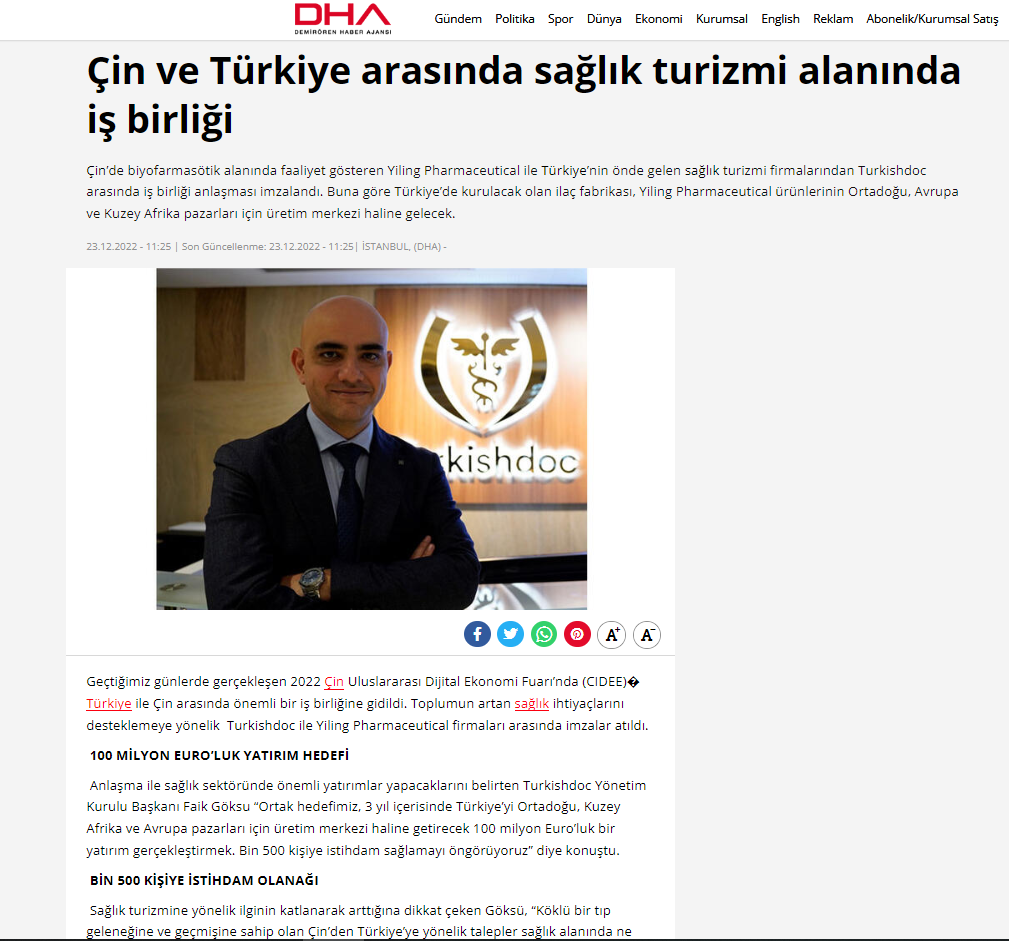Turkishdoc
Types of Gynecomastia
What is the difference between gynecomastia and pseudogynecomastia?
In the case of true gynecomastia, more mammary gland tissue forms in the man’s breast. This change can vary in severity and affect one or both breasts. In addition to the visual aspects, affected patients often complain about feelings of tension in the breasts and hypersensitive nipples.
Pseudogynecomastia, on the other hand, describes an enlargement of the male breast without breast tissue, but with stored fat. Therefore, in this case one also speaks of a fatty breast or lipomastia.
However, it is also possible that gynecomastia – i.e. the proliferation of mammary gland tissue – is accompanied by fat deposits.
What does “hereditary gynecomastia” mean?
Some men have a genetic problem with the production and/or processing of hormones. This means that the testicles produce little or no testosterone. It is also possible that special enzymes cannot form the necessary precursors of the male hormone. Hereditary gynecomastia can also occur as a result of changes in the DNA, for example when sections are missing or the female X chromosome is duplicated (Klinefelter syndrome).
What is physiological gynecomastia?
When the balance between the female sex hormone estrogen and the male sex hormone testosterone changes in the male body, physiological gynecomastia can occur. But what does it exactly mean? Only a certain amount of estrogen is intended for the male body . If this increases and becomes too much, then the breast tissue can react sensitively. This is how the male breast can grow. This can be the case, for example, in different stages of life.
Examples of physiological gynecomastia are neonatal gynecomastia, pubertal gynecomastia and senile gynecomastia.
What is pathological gynecomastia?
The cause of breast growth in men is not only a hormone imbalance. A pathological process in the body is also possible. In this case one speaks of a pathological gynecomastia.
Examples of this are hereditary gynecomastia, chronic diseases and the effects of medication or drugs.
What is neonatal gynecomastia?
An estimated 60 percent of all male babies show a small breast base in the first few weeks of life. This can be traced back to contact with the mother’s female hormones during pregnancy. Small breasts are temporary in most cases. After a few weeks, neonatal gynecomastia resolves on its own.
What is senile gynecomastia?
Similar to puberty, there are also changes in the male body as part of the biological aging process. Men go through menopause too. This changes the hormonal balance. The testosterone level decreases, the percentage of body fat increases. The enzyme aromatase, which is mainly found in adipose tissue, converts testosterone into estrogen. For this reason, a female-shaped breast can develop in this phase of life. The effect is often intensified by the fact that many men gain weight as they age.
To what extent can (chronic) diseases lead to the development of a man’s breast?
Certain diseases can also cause a man’s breast. Liver, thyroid or kidney diseases, for example, can lead to an excess of female hormones and thus contribute to the development of breasts in men.
In addition, severe malnutrition (eg anorexia) can lead to a drastic drop in testosterone levels. When the patient comes out of the malnutrition, the hormone level can remain disturbed for a short time. The result can be breast growth. As a rule, the male breast caused in this way recedes within two years.
What is pubertal gynecomastia?
Puberty is the time of change: between the ages of 11 and 19 (these are average values) the body of a boy becomes that of a man. There are many changes taking place related to physical, psychological and sexual maturation.
Because many of these changes happen simultaneously, the body and mind can get confused at times.
Due to hormonal changes, teenage boys may experience a soft, tender lump under the nipple and swelling of the mammary gland. At the same time, a small breast approach can become visible. This phenomenon can occur unilaterally, but also bilaterally.
Puberty gynecomastia is usually an unpleasant, but nevertheless harmless matter. As a rule, the breasts recede on their own by the age of 20. If it persists, we can surgically remove the glandular tissue.
What does estrogen have to do with gynecomastia?
Estrogen is a sex hormone that is largely found in the female body. For example, it is involved in controlling the menstrual cycle and also plays an important role during pregnancy. The hormone also affects metabolism and bone formation. In addition, estrogen causes breast growth in women.
Estrogen is also produced in small amounts in the male body. Here it is responsible, among other things, for stable bones or the protection of blood vessels.
If the relationship between testosterone and estrogen in a man’s body is not right, i.e. if the amount of estrogen is too high, this can lead to breast growth, for example.
Can a lack of testosterone cause gynecomastia?
Testosterone is one of the most important hormones in the male body. The sex hormone is produced in the testicles and is responsible for the formation of sexual characteristics and the growth of body hair. Testosterone is also necessary for the production of sperm. It controls libido and is involved in muscle building. Furthermore, the hormone affects the energy balance, certain brain functions, the state of mind and bone density.
A testosterone deficiency can lead to various physical restrictions and problems: listlessness, reduced sexual desire, erectile dysfunction, reduced fertility, loss of muscle mass and muscle strength, increased fat accumulation, hair loss, irritability, mood swings/depression as well as memory disorders and sleep problems.
Furthermore, a reduced production of testosterone in the male body can also cause the growth of male breasts.
Can Beer Drinking Cause Gynecomastia?
One myth claims that beer can make breasts grow — in both women and men. The plant estrogens found in hops are said to be to blame for this. These phytoestrogens are similar to the female sex hormone estrogen. But the amount contained in the beer should not be sufficient to stimulate breast growth.
The fact that men who like to drink beer get breasts that look feminine can possibly be attributed to two other aspects: the alcohol contained in the beer and the calories in the beer.
Alcohol can cause liver damage over time. For this reason, the female sex hormones, which are naturally present in small amounts in the male body, cannot be broken down properly. The result: estrogen levels increase. This can result in gynecomastia.
Beer is also quite high in calories. It has been scientifically proven that the drink can increase the percentage of body fat. In addition, the barley juice has an appetizing effect – increased food intake can cause a man’s stomach and chest to grow. When the body fat percentage increases, the body also produces more estrogen. The growth of the male breast can be stimulated even more in this way.
Can protein shakes cause man boobs?
Protein is involved in many vital processes in the body. Protein is one of the essential building blocks of all human cells: they build new ones and repair existing ones. Therefore, protein also supports the development of muscle cells and thus muscle mass. Hobby and professional athletes as well as people who have to perform at a high level like to consume a lot of protein to promote muscle growth.
In addition to a protein-rich diet, protein shakes are particularly popular. The protein powder, which is mixed with water or milk and thus becomes a shake, supports the development of strong muscles. The powder for the shake consists of various protein sources such as whey, casein, soy, egg and rice.
Casein and whey proteins are derived from cow’s milk. On modern farms, the cows are milked several hundred times a year to obtain it. However, many animals are expecting a calf during this time. During pregnancy, the cow’s body produces estrogen. This hormone also finds its way into milk. Milk from a cow that is late in pregnancy can contain 33 times more estrogen than milk from a non-pregnant cow. Scientists believe that casein and whey protein powder may contain the cow’s increased estrogen. In this way, these ingredients in protein shakes are suspected of contributing to gynecomastia.
Many shakes also contain proteins from the soybean – and thus also phytoestrogen, a biologically active substance that occurs naturally in plants. The chemical structure is similar to that of estrogen. For this reason, it is reasonable to assume that phytoestrogens can have a similar effect on the body as the female sex hormone. In addition, protein from soybeans may lower testosterone levels in men and have a negative effect on testicular tissue.
Does taking anabolic steroids cause man boobs?
Anabolic steroids are pharmacological substances that strongly support and accelerate muscle growth. However, taking anabolic steroids can have serious side effects. These can affect the appearance of the skin (acne) and the cardiovascular system, among other things. Anabolic steroids can also cause liver damage, poor concentration, mood swings, and aggressiveness. Another side effect of long-term anabolic steroids can be breast formation. A study in the European Journal of Endocrinology confirms that some anabolic steroids can be metabolized to estrogen in the male body, which in turn can lead to the development of gynecomastia.











